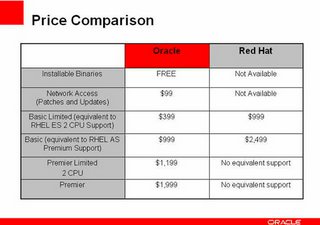@TiEcon 2006: If You Take The Right Tide, All Boats Go To Sea
I thought Sandeep Singhal, MD Sequoia Capital India Advisors summed up his take quite well with that one line in the title of this post. The session that put VC’s in the firing line was interesting, also featuring Kanwaljit Singh, MD & Investment Advisor of Helion Venture Partners, Ajay Kapur, SIDBI Venture Capital Ltd, Vani Kola, Managing Partner, NEA IndoUS Ventures, Ganesh Rengaswamy, Greylock Partners, India Investments and Ravi Narayan, MD, Mentor Partners.
Raman Roy then ran us through a survey of VC’s that TiE had conducted. The results:
- Hottest sectors: Mobile > Internet > Consumer > Services > High Tech > Non-Tech
- 29% VC’s looking to fund at seed stage, 49% at mid stage and 22% at last stage
- Deals (at a time) per partner: 53% with less than 5 deals, 33% with 6-8 deals, 7% with 8-10 deals and 7% with more than 11
- What VC’s look for: Sustainable differentiation > Experienced Team > Business Model > Large Market > Well rounded team
Some other comments:
- Age of people that Sequoia tends to fund is between 30 and 40 years old.
- Number of people in the team (even if just 1 or 2) is not a deal breaker
- Major turnoff is if the entrepreneur just wants the money
- Over the last 20 years, the sectors that receive most funding change every five years






